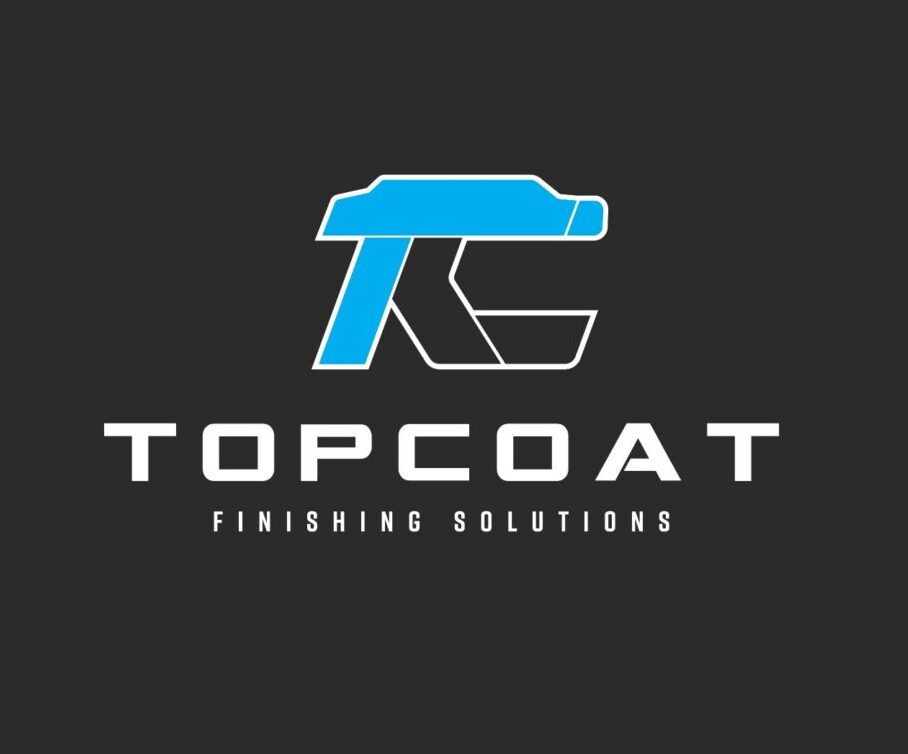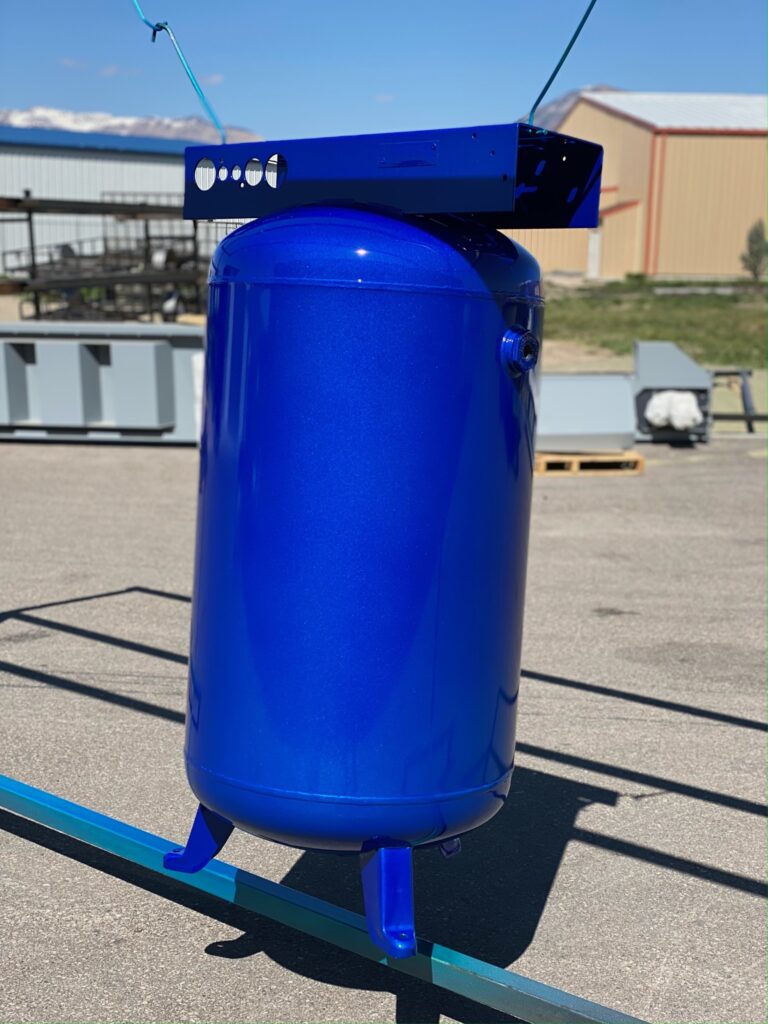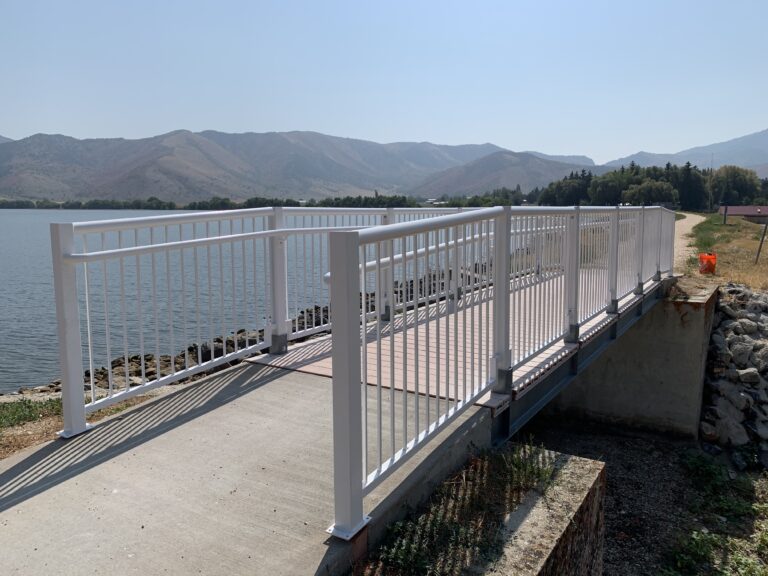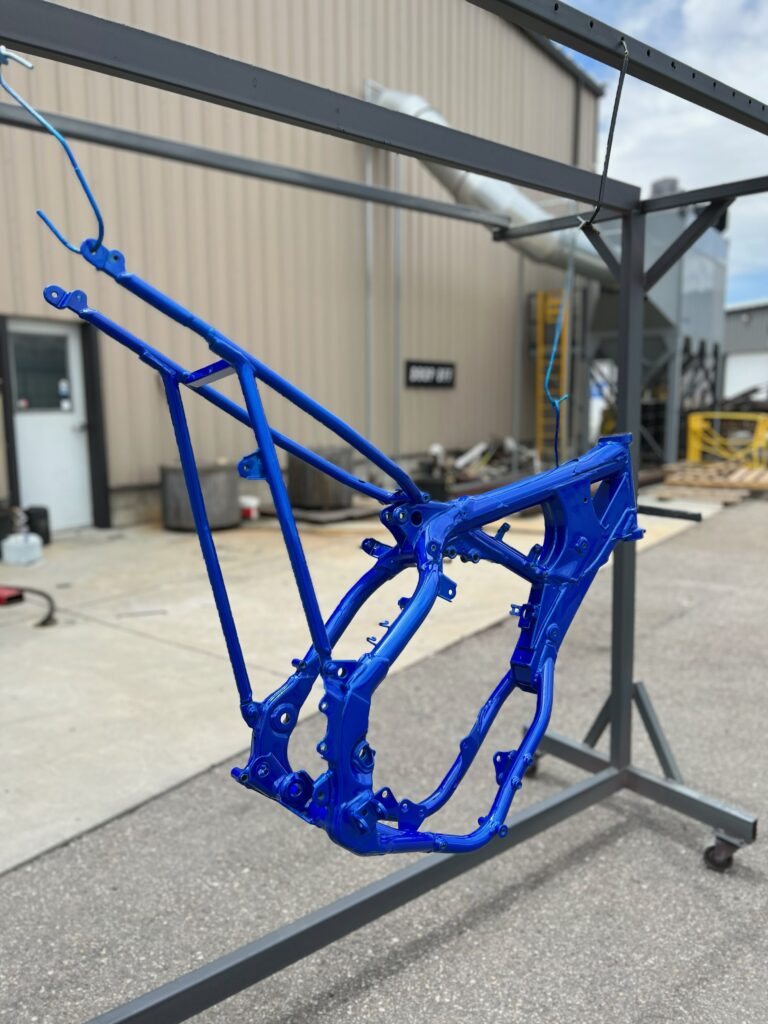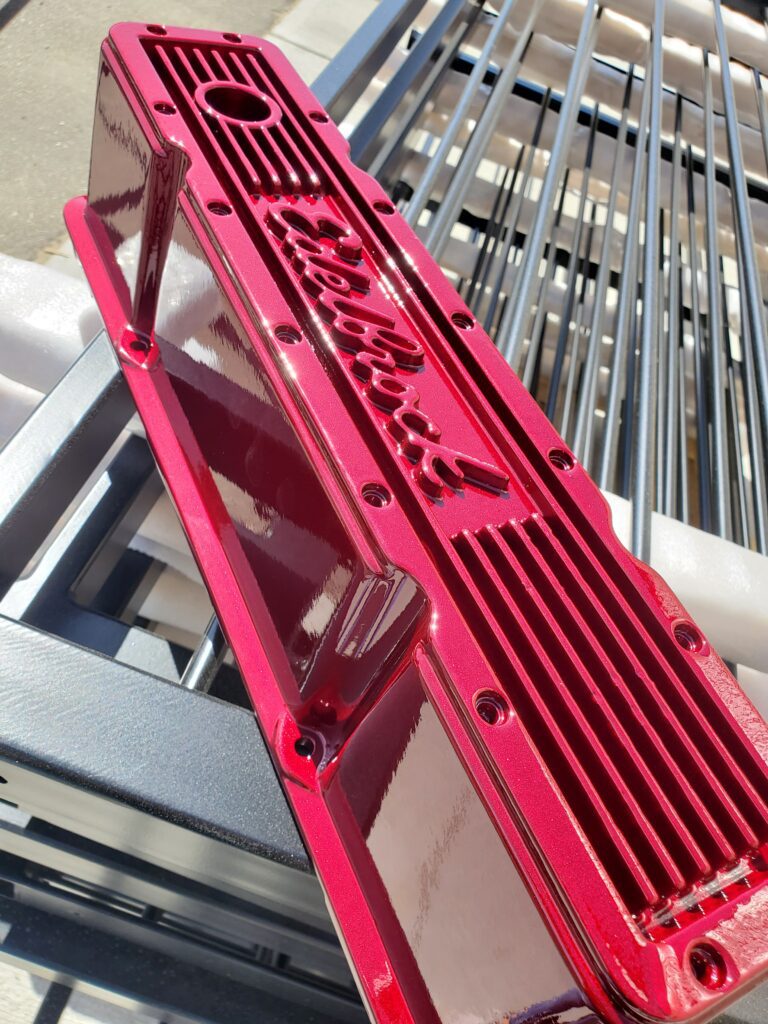Elevate Your Finish with Powder Coating Excellence
Powder coating is a method of applying a protective and decorative finish to various objects, especially metal items. Instead of using traditional liquid paint, a dry powder made of tiny particles is applied to the surface.
Here’s How It Works
Preparation: The item to be coated is cleaned and prepared to ensure there are no contaminants like dirt, oil, or rust on the surface.
Application: The dry powder is electrostatically charged, and the item is grounded. This causes the powder particles to be attracted to the grounded surface, adhering to it evenly.
Curing: The coated item is then placed in an oven, where the powder is heated. At a certain temperature, the powder melts and forms a smooth, solid, and protective layer on the surface.
Cooling: After the item is removed from the oven, it cools down, and the powder coating hardens, creating a durable finish.
The result is a strong, even, and long-lasting coating that can protect the object from scratches, corrosion, and other damage.
Using powder coating over traditional liquid paint offers several advantages:
Durability: Powder coating creates a thicker and more durable finish compared to paint. It is resistant to chipping, scratching, fading, and peeling, making it ideal for items exposed to harsh conditions or high-impact use.
Environmental Benefits: Powder coating is an eco-friendly option. It doesn’t contain harmful solvents or emits volatile organic compounds (VOCs), which are common in liquid paints. This makes it better for the environment and reduces health risks for workers.
Efficiency: The powder coating process is highly efficient. It generates minimal waste since excess powder can be collected and reused. Additionally, overspray can be reclaimed, reducing material costs.
Uniform Finish: Powder coating provides a more consistent and uniform finish because the dry powder adheres evenly to the surface. This results in a smoother and more attractive appearance.
Quick Curing: Powder coating cures quickly when exposed to heat, reducing production time. This is particularly advantageous for mass production processes.
Versatility: Powder coating can be applied to a wide range of materials, including metal, wood, plastic, and ceramics. It can achieve various textures, finishes, and effects, from matte to glossy and textured to metallic.
Chemical Resistance: Powder coatings can be engineered to offer resistance to chemicals, UV rays, and extreme weather conditions, making them suitable for outdoor and industrial applications.
Cost-Effective: While the initial equipment setup for powder coating may require an investment, the long-term cost-effectiveness often outweighs the initial expense due to reduced material waste and increased durability.
Color Options: Powder coatings offer an extensive palette of colors and can be customized to match specific color requirements.
Overall, powder coating is a preferred choice for many applications where durability, environmental considerations, and a high-quality finish are essential. However, it may not be suitable for every situation, as some intricate or highly detailed surfaces may be challenging to coat with powder, and some specialty coatings are only available as liquid paints.
